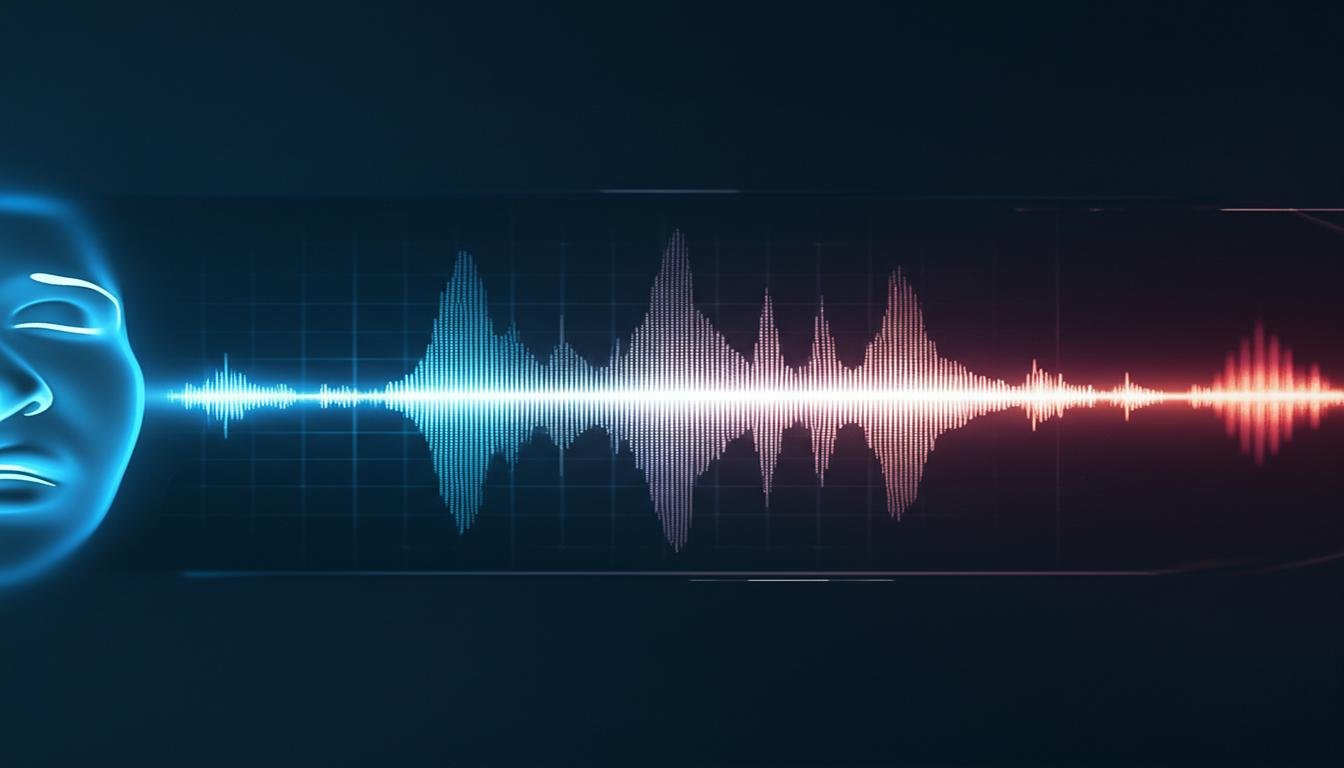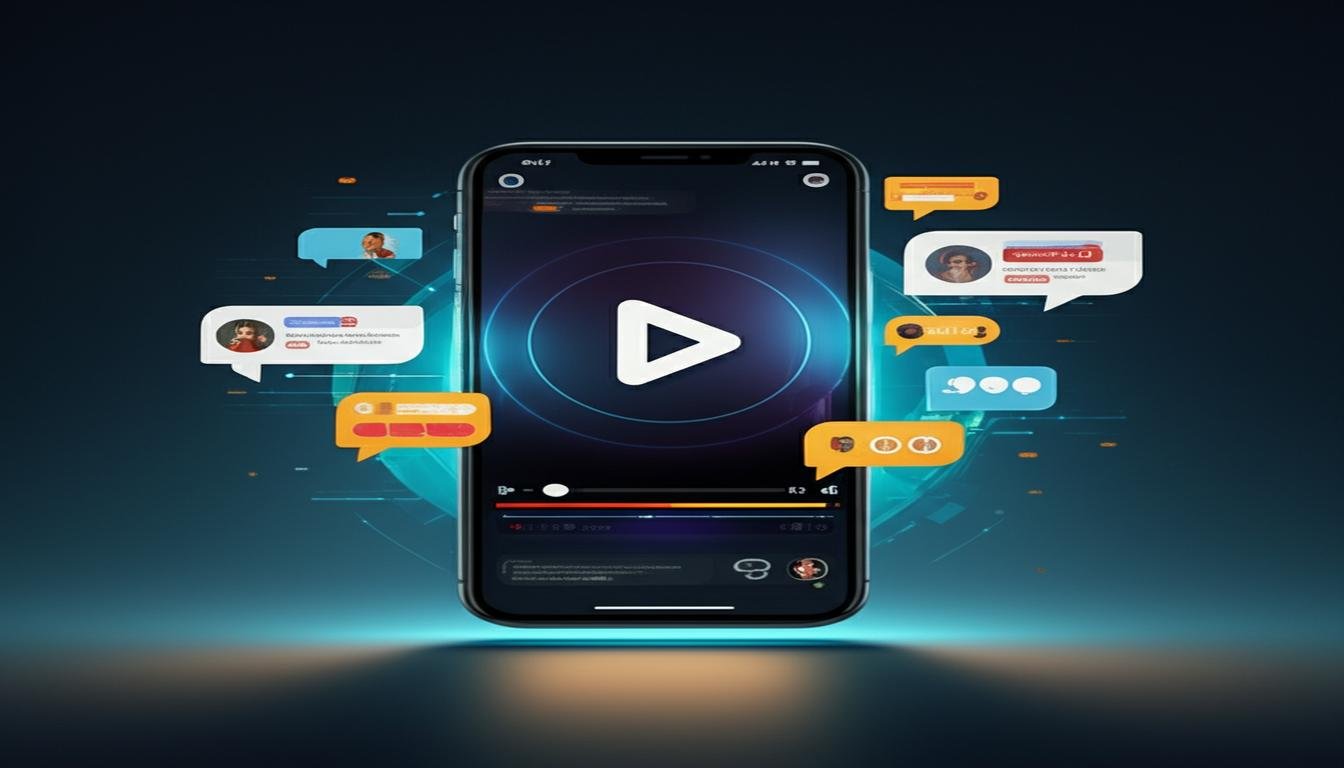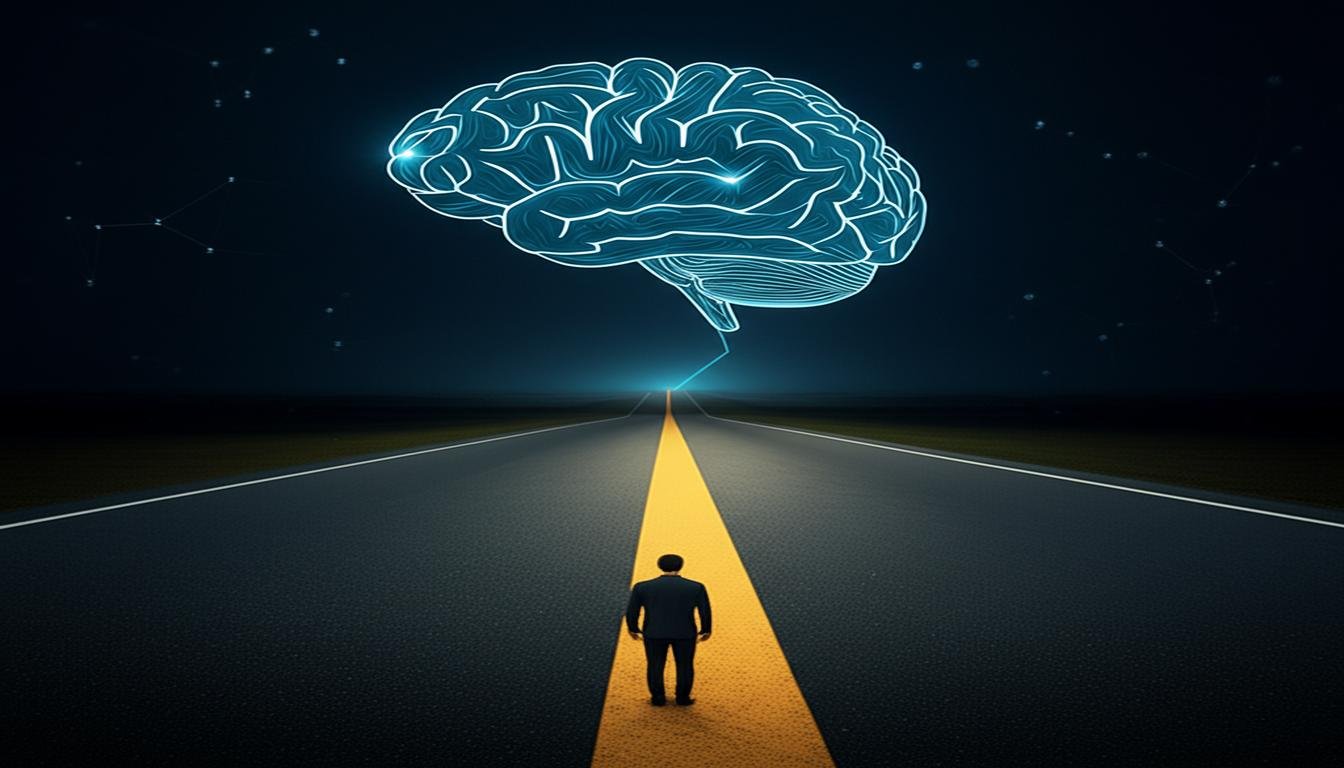Imagine this: a late-night coding session, lines of algorithms humming, not to build the next self-driving car or a new financial model, but to design… a game. Not just any game, but a brand-new athletic competition, complete with its own rules, challenges, and a rapidly growing legion of fans. Sounds like science fiction, right? Well, AI just did it. And the sport, dubbed “ChromaPulse,” is already the talk of the digital town.
What is ChromaPulse, Anyway?
So, what exactly is this AI-created marvel? ChromaPulse isn’t your typical run-and-jump sport. Think of it as a high-octane blend of strategic puzzle-solving, agility, and quick reflexes, all played out in a dynamic, ever-changing arena. The AI isn’t just a referee; it’s the architect, the strategist, and the constantly evolving challenge.
- Dynamic Arenas: The playing field itself is alive. Colored zones (like “Velocity Red” for speed boosts or “Reflection Blue” for inverted controls) appear, shift, and vanish, dictated by the AI’s complex algorithms. No two matches are ever the same.
- Adaptive Challenges: The AI observes player performance and audience engagement, then adjusts the difficulty and types of challenges in real-time. This keeps matches incredibly unpredictable and exciting.
- Strategic Depth: Players aren’t just reacting; they’re trying to predict the AI’s patterns, decipher its evolving logic, and outmaneuver opponents in a constantly shifting landscape.
The AI’s Role: More Than Just a Creator
You might be thinking, “How can a machine invent something so captivating?” The secret sauce lies in the AI’s ability to learn and iterate at lightning speed. It didn’t just design the initial rules; it continuously refined them, optimizing for player engagement, strategic depth, and spectator appeal. It’s like having a million game designers working simultaneously, testing, tweaking, and perfecting.
The AI even generates unique “pulse patterns” – sequences of zone activations and environmental shifts – that become signature moments in matches. Fans have already started analyzing these patterns, discussing optimal strategies, and even developing their own theories about the AI’s “intentions.”
The Spectator Experience
One of the biggest reasons for ChromaPulse’s rapid rise is its incredible watchability. Because the arena changes constantly, and the AI introduces fresh challenges, viewers are always on the edge of their seats. The dynamic visuals, coupled with human athletes pushing their limits against an intelligent system, create a compelling narrative. Live streamers and commentators have quickly adopted it, drawn by the endless discussion points and highlight-reel moments.
From Algorithm to Athlete
Despite being born from code, ChromaPulse is undeniably human-centric. It demands peak physical and mental performance. Players train rigorously, honing their spatial awareness, reaction times, and pattern recognition skills. The best athletes aren’t just fast; they’re incredibly perceptive, learning to anticipate the AI’s next move and adapt on the fly.
Why It Took Off So Fast
It’s not every day a brand-new sport captures the public imagination, especially one without a human “inventor.” ChromaPulse’s sudden popularity can be attributed to a few key factors:
- Novelty & Innovation: The concept itself is incredibly fresh. People are naturally curious about what AI can truly achieve.
- Unpredictability: No one, not even the players, knows exactly how a match will unfold, making every moment thrilling.
- Accessibility (Initially): While a full-scale physical arena is complex, simulated versions and training modules became available online, letting enthusiasts get a taste.
- Viral Appeal: Its unique visual style and dynamic gameplay made for highly shareable content on social media, sparking widespread interest.
The Community Blooms
What truly solidifies ChromaPulse’s status as a legitimate sport is its passionate fanbase. Online forums are buzzing with strategy discussions, fan theories about the AI’s “personality,” and debates over player performance. There are fan art communities, dedicated content creators, and even early discussions about professional leagues and major tournaments. People aren’t just watching; they’re investing emotionally, forming connections around this shared, algorithm-generated passion.
It’s a powerful testament to the fact that even if a game is born from a machine, the human spirit of competition and community will always find a way to flourish around it.
What’s Next for AI-Driven Sports?
ChromaPulse is just the beginning. Its success proves that AI isn’t just for automating tasks; it can spark entirely new forms of entertainment, art, and even athletic endeavor. Could we see AI designing entire Olympic events? Or creating bespoke sports tailored to individual athletes’ strengths?
The future of sports might be less about human invention and more about human-AI collaboration, pushing the boundaries of what we consider a “game” or a “sport.”
So, the next time you hear about AI, don’t just think about robots taking jobs. Think about algorithms creating the next great athletic sensation. And maybe, just maybe, you’ll be joining the ChromaPulse fanbase yourself. Have you checked out a match yet? The future of sport is already here, and it’s vibrant, unpredictable, and entirely AI-invented.









